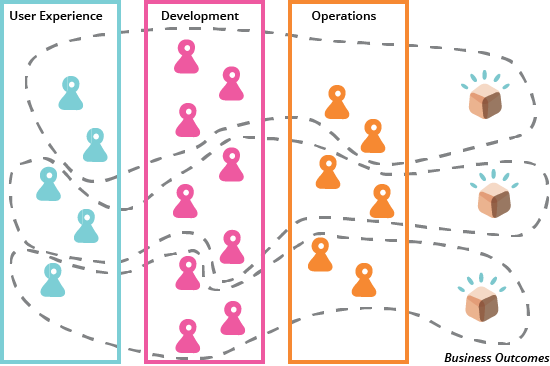
Saved by John Daniel Fletcher
bliki: ActivityOriented

Saved by John Daniel Fletcher

John Daniel Fletcher and added
Think of traditional organizations in which business analysts, developers, testers, and operations staff operate in separate functional teams. These teams are dependent on each other at a very low level. Even though they may be working toward the same goal, they will inevitably have different priorities. They will also have different processes and
... See moreAgile organizations normally have wide responsibilities within cross-functional teams but narrow responsibilities for each team.
Britt Gage added
While each of these may be worthy activities, the chances of solving the business problems that the cross‐functional teams were created to solve are not high.

Structure the organization by using real teams as the basic organizational building block. Each team is (1) self-managing, (2) cross-functional, (3) co-located, and (4) long-lived.
Traditional organizations form a project group with exactly the right set of skills and people for each new feature request. But organizations with long-lived teams don’t re-organize but instead split the work and give it to an existing team that can learn and adapt.